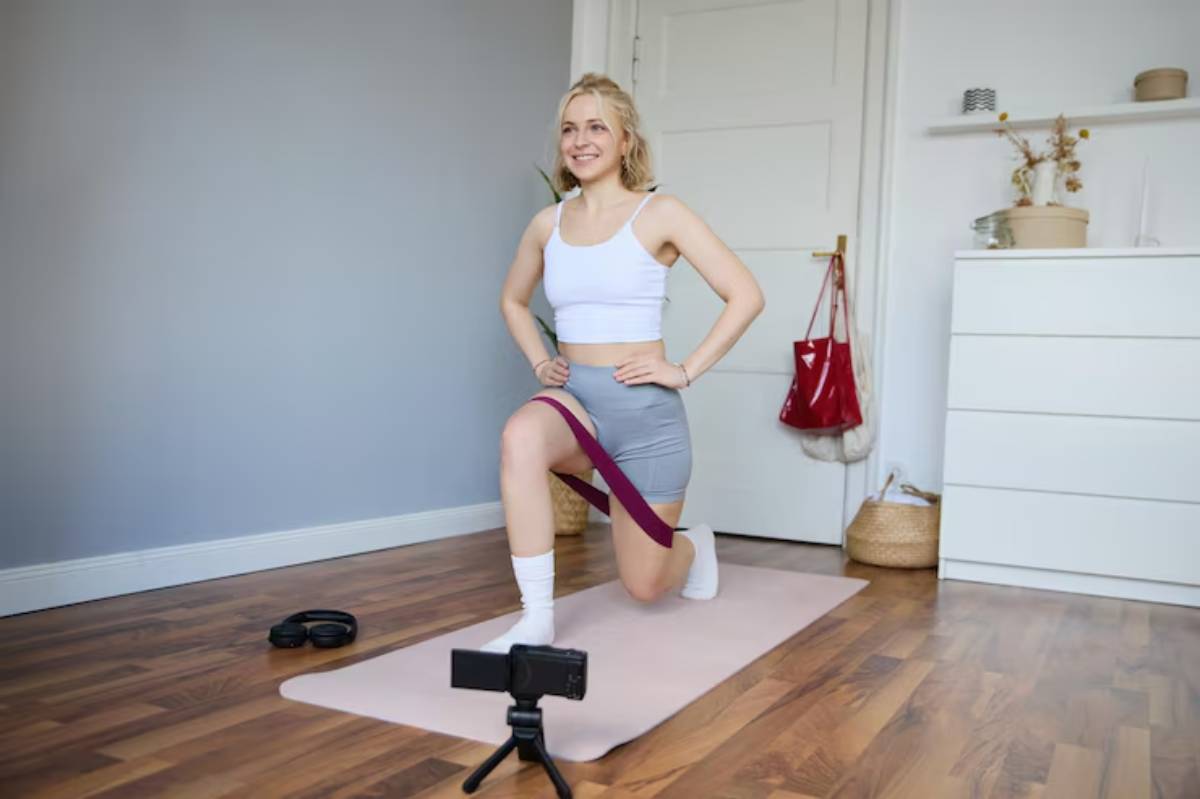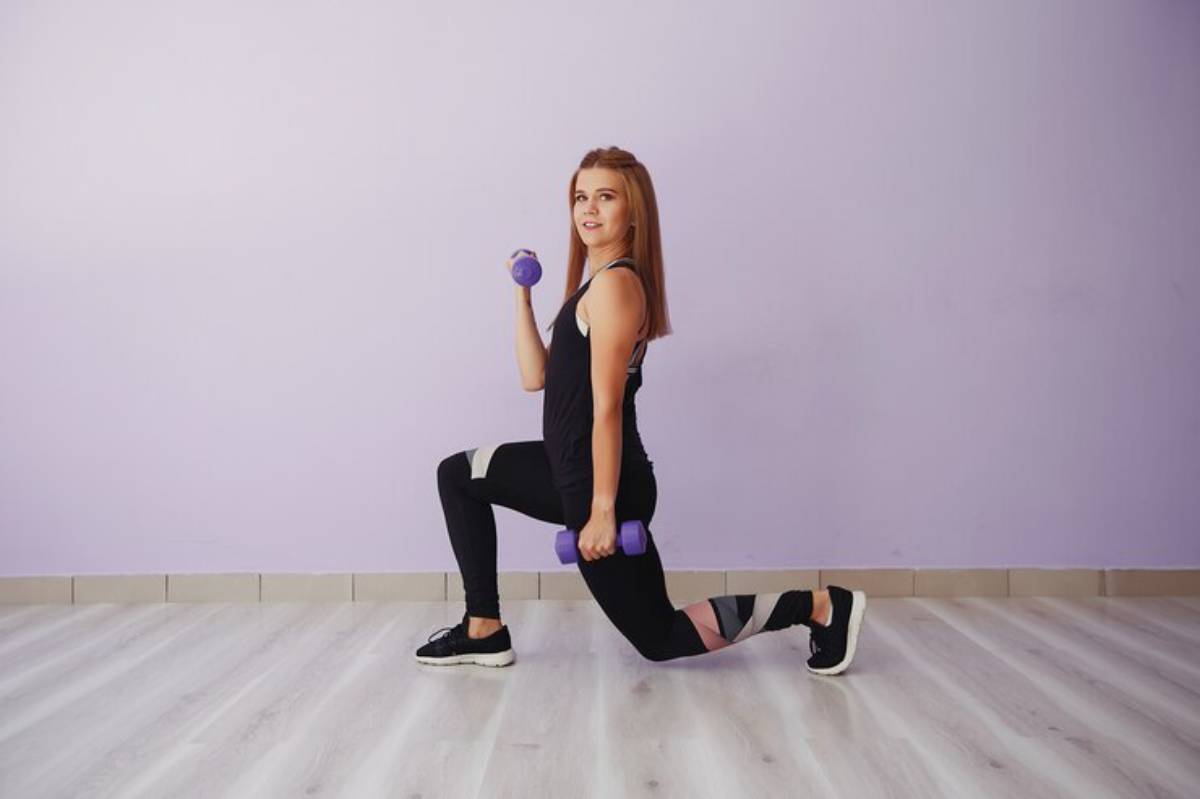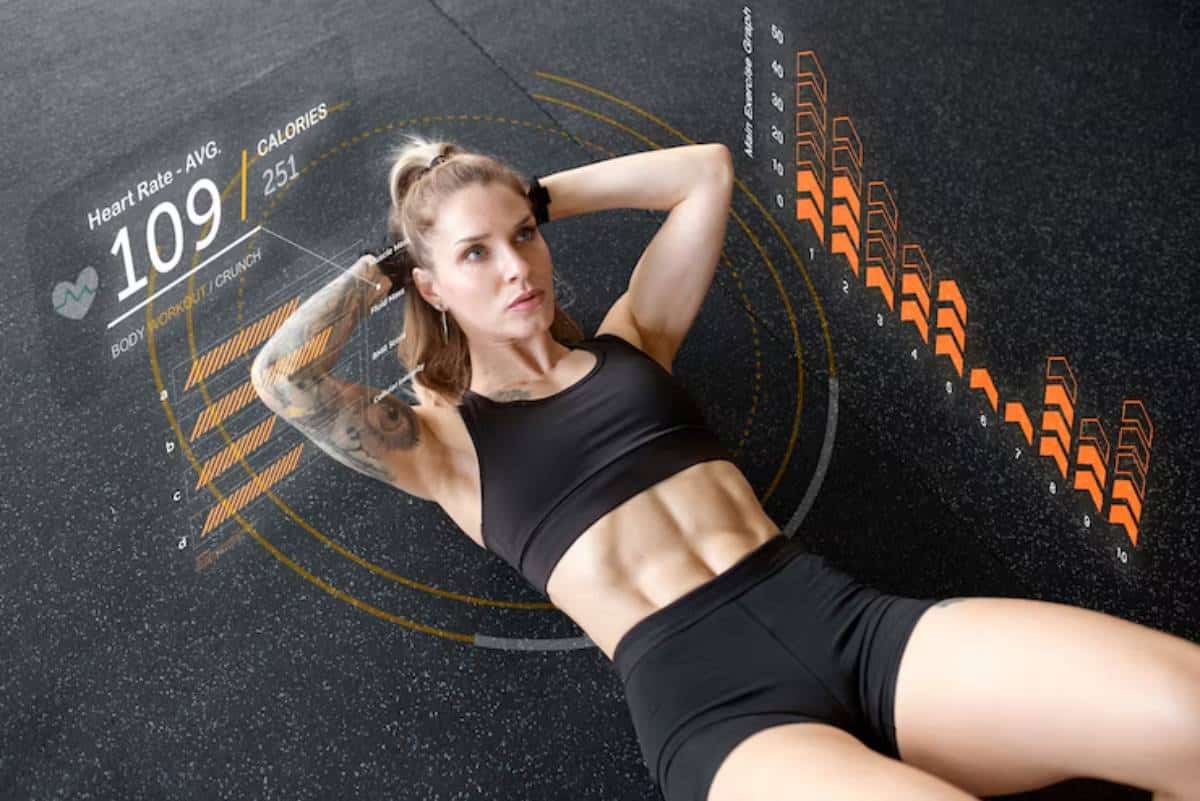
Understanding Female Muscle Anatomy for Better Training
Walk into any gym, and you’ll see workout programmes promising everything from lean muscle to full-body tone. But how many of those plans actually take a woman’s unique muscle structure into account?
Here’s the thing: female bodies are biologically different from male bodies, not just in terms of hormones but also in muscle fibre distribution, recovery needs, and overall training response. Yet, so much of the mainstream fitness advice remains built on male physiology.
This matters. Because understanding female muscle anatomy isn’t just “nice to know” — it’s crucial for getting real results. Whether you’re aiming for muscle definition, improved strength, or injury prevention, aligning your workouts with how your body is wired makes all the difference.
In this blog, we’ll explore the fundamentals of women’s muscle growth, break down the science behind female hypertrophy training, and help you structure workouts that are built for your body, not borrowed from someone else’s blueprint.
How Muscle Growth Works — The Basics
Before diving into what makes female muscle anatomy distinct, let’s start with the universal process of muscle growth.
When you lift weights, you create small tears in your muscle fibres. In response, your body begins repairing and rebuilding them stronger than before — a process known as muscle hypertrophy.
There are two primary types of hypertrophy:
- Myofibrillar hypertrophy: This increases the size and number of contractile proteins in your muscle, contributing to strength gains.
- Sarcoplasmic hypertrophy: This increases fluid and energy storage around the muscle fibres, resulting in more visible muscle size or “pump”.
Training style, volume, rest, and nutrition all influence which type you stimulate most. But here’s the twist — women often respond differently to these stimuli than men.
What Makes Female Muscle Anatomy Unique?
Muscle is muscle, right? Not quite. Women’s muscle structures are similar in design to men’s, but differ in several key ways that influence how muscles grow, recover, and function.
1. Fibre Type Distribution

Women typically have a higher proportion of Type I (slow-twitch) muscle fibres, which are more fatigue-resistant but generate less power. These fibres are especially suited to endurance-based training and high-rep strength work.
Men, by contrast, often have a higher share of Type II (fast-twitch) fibres, which produce greater force but tire more quickly.
What this means:
- Women can often handle higher rep ranges and recover faster between sets.
- Muscle endurance tends to be a strength — use that to your advantage in programming.
2. Muscle Mass Potential
Due to lower levels of testosterone, women naturally have less muscle mass and a smaller cross-sectional area in most muscle groups, especially in the upper body.
But this doesn’t mean women can’t get strong or develop visible muscle definition. It simply means muscle gains may appear more subtle and take longer to develop, especially in the arms, shoulders, and chest.
3. Pelvic Structure and Alignment
The female pelvis is typically wider, and the angle of the femur (Q-angle) is greater, affecting how force is transmitted during lower-body movements like squats or lunges.
This contributes to:
- Greater glute and quad engagement
- Increased risk of knee injuries without proper alignment and strengthening
So paying attention to form and including posterior chain work (think glutes, hamstrings, lower back) is vital for injury prevention and balanced growth.
Training for Female Hypertrophy: Smarter, Not Harder
Now that we’ve explored the anatomy side, let’s talk about how to train effectively with this in mind. Hypertrophy training for women isn’t just about copying male routines — it’s about working with your body’s strengths.
Prioritise Compound Movements First
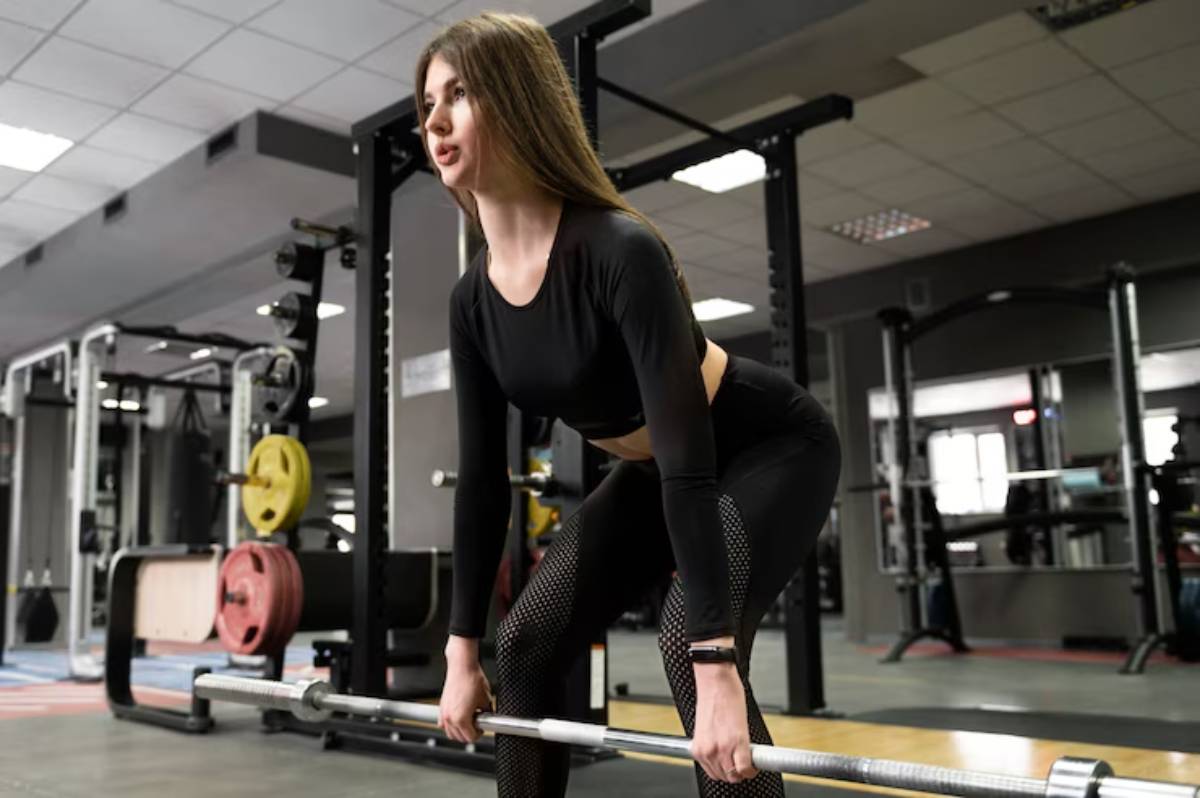
Exercises like squats, deadlifts, presses, and rows stimulate multiple muscle groups and trigger greater hormonal and muscular adaptation.
For female lifters, this is especially powerful because:
- Compound lifts promote full-body strength and help balance upper/lower development.
- They stimulate both slow- and fast-twitch fibres depending on tempo and load.
Try leading each workout with a major lift, then moving into accessory or isolation work.
Use Moderate to High Reps for Endurance Advantage
Thanks to the abundance of slow-twitch fibres, women often thrive in the 8–15 rep range. You can even push up to 20 reps on accessory movements without compromising form or recovery.
This rep range:
- Encourages sarcoplasmic hypertrophy (visible muscle growth)
- Supports joint health by using lighter loads
- Allows for better focus on mind–muscle connection — a key factor in results
Don’t Skip Upper Body Training

It’s common to see women favour lower-body workouts, but upper-body strength is just as crucial for posture, aesthetics, and everyday functionality.
Focus on:
- Shoulders and back for improved posture and definition
- Arms and chest for strength balance and physique symmetry
Looking for physique-enhancing ideas? This shoulder training for symmetry article dives into exercises that elevate your shape without adding bulk.
Common Mistakes in Women’s Strength Training
Even with the right intentions, small missteps can stall progress. Here are a few to watch out for.
1. Lifting Too Light for Too Long
While starting with light weights is smart, you’ll need to gradually increase resistance to stimulate continued muscle adaptation.
Tip: Once you can comfortably perform 15–20 reps with good form, it’s time to go up.
2. Overemphasising Cardio
Many women still default to cardio-only routines out of habit or fear of bulking. But this approach doesn’t build lean mass or long-term metabolic benefits.
Balancing cardio with progressive resistance training leads to better body composition and muscle tone.
3. Neglecting Recovery
Recovery is when growth happens — and women often benefit from slightly shorter recovery windows between sets due to faster lactic acid clearance.
However, that doesn’t mean skipping rest days. Overtraining can blunt progress, especially during hormonal fluctuations. Make time for quality sleep, stretching, and adequate fuelling.
Hormonal Considerations in Muscle Growth
Women’s hormonal cycles affect training in fascinating ways — from strength fluctuations to recovery patterns.
The Follicular Phase (Days 1–14)
Oestrogen levels rise, and energy is generally higher. This is a great time to:
- Push for PBs
- Train heavier
- Try high-intensity sessions
The Luteal Phase (Days 15–28)
Progesterone dominates, and you may feel more fatigued or less powerful. It’s ideal for:
- Deloading
- Focusing on form
- Lighter resistance or more mobility work
Understanding these shifts lets you periodise your training in sync with your cycle. For a full breakdown, see our blog on how to adjust your plan for menstrual cycle phases.
Key Takeaways
Here’s how to put it all together with purpose:
- Train 3–4 times per week, alternating upper and lower body sessions
- Use compound lifts at the start of your workout (4–6 sets of 6–10 reps)
- Follow with accessory movements in moderate to high rep ranges (8–20 reps)
- Progressively increase weights over time — aim for small, consistent jumps
- Schedule deload weeks every 6–8 weeks to avoid burnout
Don’t forget nutrition: consuming adequate protein (around 1.6–2.2g/kg body weight) and supporting calories is key for growth, particularly for women in deficit or maintenance phases.
Practical Tips for Better Female-Focused Training
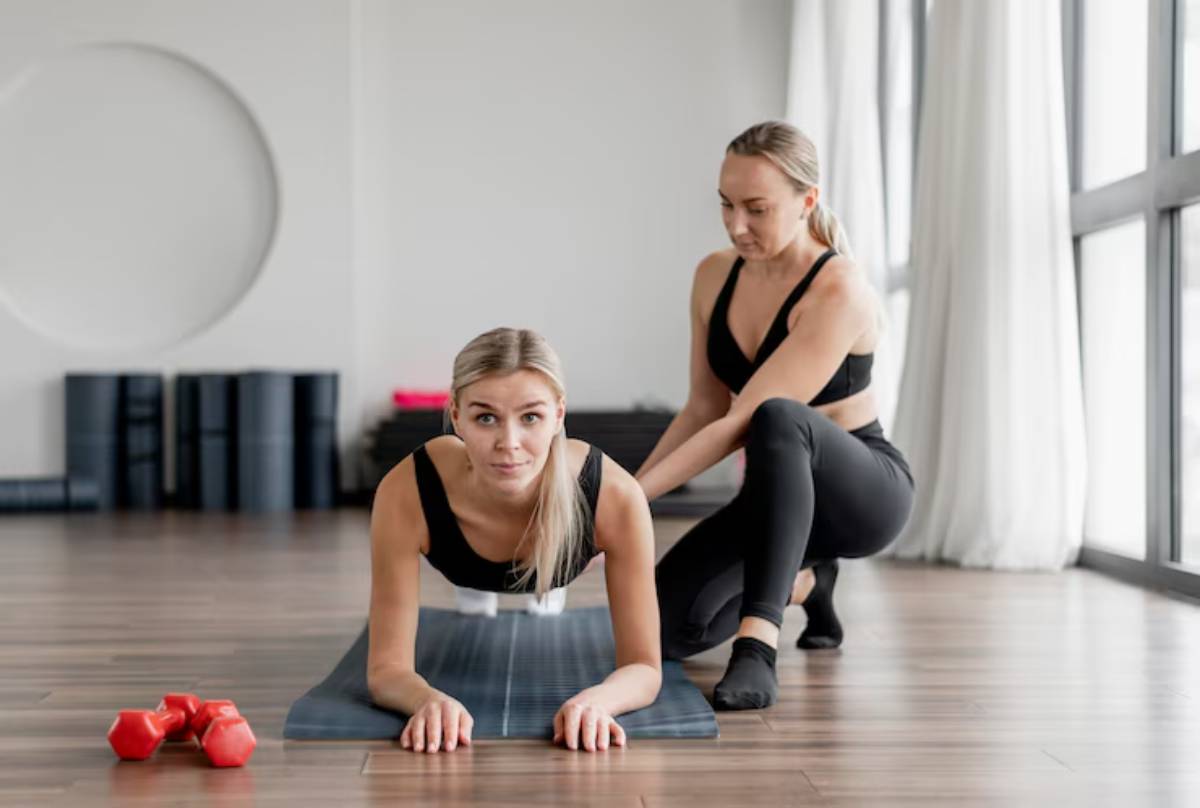
Understanding your muscle anatomy isn’t just a science lesson — it’s a practical tool for transforming your training and results.
When you tailor your workouts to your physiology, you unlock better gains, fewer injuries, and a stronger connection to your body. Female hypertrophy training isn’t about mimicking someone else’s programme — it’s about creating one that honours your unique structure and goals.
So the next time you pick up a dumbbell or step into the squat rack, know that you’re training smarter, not harder, and building strength in a way that works with you, not against you.
You’re not just growing muscle. You’re growing confidence, capability, and control over your fitness journey. Keep lifting — your anatomy is on your side.
